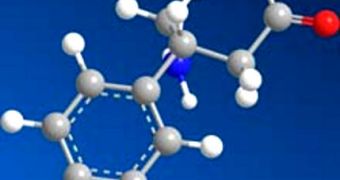Autism is a disorder that affects numerous children around the world, but now experts appear to be closing in on the molecular agents that appear to underlie at least a portion of all autism cases.
Investigations have thus far been conducted on lab animals, cadavers, and even in a small clinical trials, and the results are encouraging.
The team behind the researches however draws attention to the fact that the work is still in its earliest days, and that even the results are preliminary.
But experts express their hope that one day they will be able to identify these troublesome molecules, and develop new cures based on them.
The main idea about autism that is getting support from the new investigations is that the condition appears due to a lack of chemical regulations in synapses.
These are the small spaces between neurons or nerve cells, through which electrical signals are being transmitted from one cell to the next via chemicals known as neurotransmitters.
The latest clinical trial to support this idea was conducted on about 25 children, all of which were aged 6 to 17. Cambridge, Massachusetts-based Seaside Therapeutics conducted the investigation.
Results obtained by scientists at the company show that the drug arbaclofen appears to be having effect on reducing the symptoms of autism, while at the same time producing only minimal side effects.
These data have yet to be published in a scientific journal, and experts at the company say that further work is required on larger population samples, before the results can be considered a real scientific finding.
The team reveals that the chemical they use, arbaclofen, is basically related to the drug baclofen. This medicine is heavily used as a common muscular relaxer and anti-spastic agent, Technology Review reports.
Children in the new clinical trials were administered arbaclofen for about eight weeks. The science team noticed significant improvements in two of the most common indicators of autism, irritability and communications.
One of the reasons why the results were not published in a journal is the fact that the work was not controlled by placebo tests.
This means that the entire study group was administered the drug. In placebo-controlled studies, half of the patients are given the actual drug, while the other half gets only sugar pill or similar chemicals.
This is useful for telling apart the effects of the drug from effects caused by other external influences, such as changes in environments, diets and medication for other conditions.

 14 DAY TRIAL //
14 DAY TRIAL //